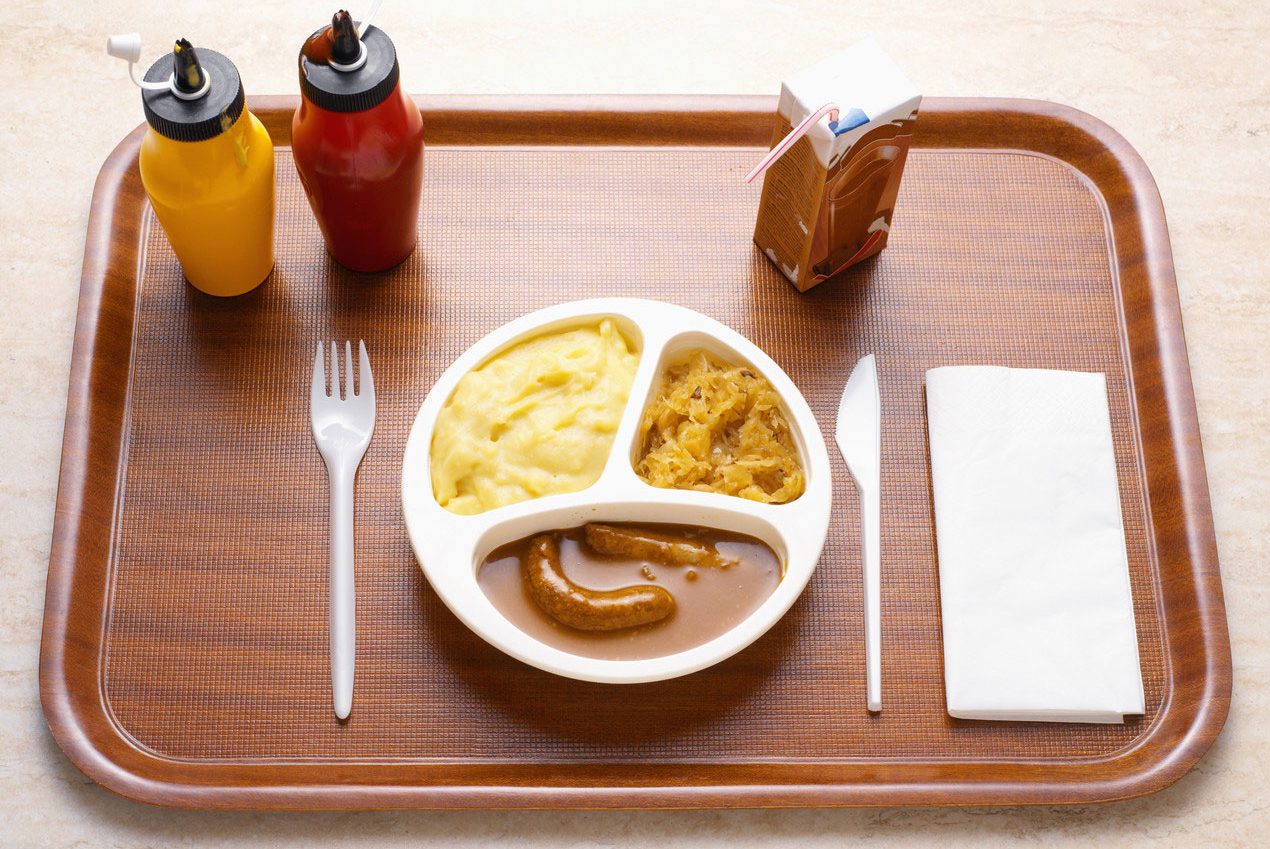Most Foods Are Processed in Some Way

Yet, they’re not necessarily bad for you.
Dietician Dawn Jackson Blatner does group workshops, runs nutrition courses, and is interviewed constantly, so she’s heard it all when the topic turns to processed foods.
It’s always a source of discussion – and debate – because processed foods make up 70 percent of the American diet.
If you’re trying to change your ways and eat a clean diet, chances are that “processed” has become a dirty word, but Jackson Blatner, RDN, says that mindset advice needs to change.
“Just because it’s in a bag, box, or can, don’t count it out,” she says “There are a lot of healthy convenience foods on the market.”
Her advice amounts to CRAP. Her acronym is an easy way to shovel through the huge mound of advice on processed foods and cut to the chase. To do this, you have to read the ingredient list.
C is for chemicals you don’t recognize. R is for refined flours or sugars. A is for artificial colors, flavors, or sweeteners. P is for preservatives. Such ingredients, especially together, are a “red flag” that you’re holding an overly processed food, so choose another one that isn’t.
“It’s very important to care about what you put in your body, but you should be doing it with knowledge rather than the fear factor,” Chicago-based Jackson Blatner says.
“The concept shouldn’t be about whether something is processed or not, it should be about the level of processing,” she says.
Take preservatives, for instance. Many are apparently completely safe. The safety of others has been questioned.
In either case, “of greater concern may be the sheer amount of preservatives that you’re getting,” says Environmental Nutrition. “Many health experts fear that with our increasing intake of highly processed foods, we are inadvertently upping our intake of additives.”
Avoiding or limiting foods with preservatives is a personal choice. If you decide to limit or avoid them, it’s relatively easy to shop around them. It’s the same for the other substances that form Jackson Blatner’s apropos and memorable acronym.
The Academy of Nutrition and Dietetics (AND) is also telling you that “processed food has a bad reputation as a diet saboteur.”
“Processed food is more than boxed macaroni and cheese potato chips and drive-thru hamburgers. It may surprise you to learn that whole-wheat bread, homemade soup, or a chopped apple are also processed,” the organization adds.
Like Blatner Jackson, an AND spokesperson says the word “processed” has become absolute in many consumers’ minds, which makes it confusing and virtually useless.
White bread, for instance, is obviously processed because most of the healthy fiber has been removed. “But keep in mind,” says Andrea Giancoli, MPH, RD, “that as a cook you’re doing processing yourself. Have you ever heard of something called a food processor? I think we get really caught up in the word without realizing what it truly means.”
The academy notes that processed food exists in a spectrum from minimally to heavily processed. At one end is bagged spinach, lettuce, and cut vegetables. In the middle are foods with ingredients added for flavor and texture, like jarred pasta sauce, salad dressing, and yogurt.
At the other end are the most heavily processed foods, which the AND says are often frozen pre-made meals such as frozen pizza and microwave dinners.
However, you should note that the section of minimally processed frozen dinners (with a good ratio of protein to carbs and plenty of fiber) is quickly growing at your grocery store – a compromise of health and convenience tailor made for busy people who don’t have time to cook.
Recognizing that the foods it represents might be getting unfairly labeled, the Canned Food Alliance (CFA) weighs in that the blanket statement, "avoid processed foods," is shortsighted. "Canned fruits, vegetables, and lean proteins, including tuna, are considered minimally processed and filled with good nutrition and simple ingredients," said Rich Tavoletti, executive director of the CFA, in “Today’s Dietician.”
Marion Nestle, PHD, MPH, probably America’s most influential food and nutrition watchdog, said in the same article that “almost all foods are processed in some way or another, but the degree of processing varies enormously, from washing apples to converting potatoes to chips."
"So 'processing' depends on how it's defined along that continuum. No wonder it's confusing…. The idea is to keep the food as close to its state of origin as possible. Minimally processed foods are recognizable for what they are. Heavily or ultra-processed foods have long lists of mysterious ingredients, usually."
In 2014, the American Society for Nutrition said in a published statement that both fresh and processed foods make up “vital parts” of the food supply and that processed food can “contribute” to population health.
A counterpoint to that statement called it “myopic.”
You can assume that’s pretty much where the debate stands.
The author of that article, Carrie Dennett, MPH, RDN, does note that “what many don't realize is that as soon as our ancestors began to use fire to cook, the sun to dehydrate, and salt to preserve food, food processing was born.”
Updated:
April 09, 2020
Reviewed By:
Janet O’Dell, RN